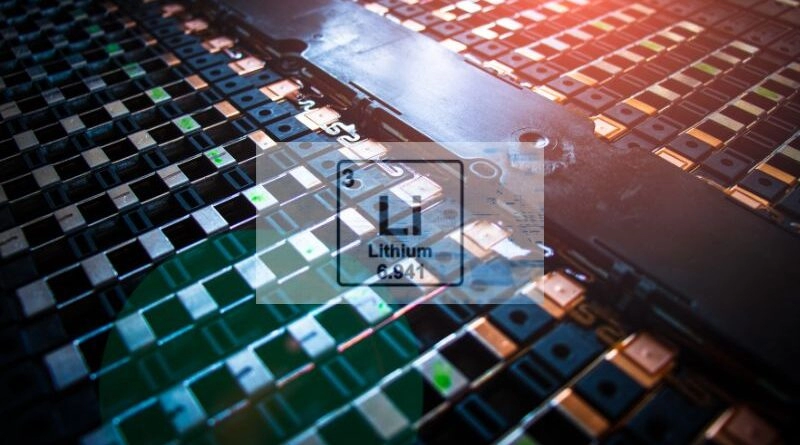Lithium Battery Memory Effect: Truths and Misconceptions
Quick Answer:
Lithium-ion batteries generally do not exhibit a pronounced memory effect like older batteries such as nickel-cadmium. However, improper charging habits and exposure to high temperatures can lead to phenomena or problems similar to the memory effect. Keep reading to learn how to prevent and manage these problems.
Part 1: Understanding Battery Memory Effect: Causes and Misconceptions
The memory effect describes a phenomenon where a battery seems to “remember” its prior discharge cycle, leading to a decrease in battery capacity. This problem is most common in nickel-cadmium (NiCd) batteries, but can also occur in other battery types, including nickel-metal hydride (NiMH) batteries, and (to a lesser extent) lithium-ion batteries
Battery Memory Effect vs. Other Battery Issues
Charge Retention:
The memory effect primarily affects a battery’s charge retention. While self-discharge or voltage drop can also lead to reduced battery capacity,
Lithium-Ion Batteries
Correct Charging Practices:
For lithium-ion batteries, adhering to proper charging practices is crucial, including occasionally performing full charge and discharge cycles. This helps maintain its health and performance.
Avoid Extreme Temperatures:
Avoiding extreme temperatures during charging and discharging helps preserve the integrity of lithium-ion battery cells and reduces the likelihood of capacity degradation.
Regular Maintenance:
Occasionally allowing the battery to undergo a full charge and discharge cycle—often referred to as battery exercising, as it helps to keep the battery ‘fit’—can help recalibrate the battery’s capacity. This practice can also mitigate any symptoms resembling memory effect.
Other Batteries and Memory Effect
Nickel-Cadmium (NiCd) Batteries
Nickel-Cadmium (NiCd) batteries are well-known for their pronounced memory effect. When these batteries are recharged after only being partially discharged, they “remember” the shorter cycle and gradually lose capacity. This is due to changes in the crystalline structure of the cadmium plates. Over time, this reduces the battery’s full charge capacity.
Nickel-Metal Hydride (NiMH) Batteries
Nickel-Metal Hydride (NiMH) batteries can also exhibit a memory effect, although it is less pronounced compared to NiCd batteries. If NiMH batteries are not fully discharged before recharging, they may lose capacity. However, this issue has been mitigated by advancements in modern NiMH battery designs.

Part 5: How to Prevent Battery Memory Effect?
1. Full Discharge and Charge:
Occasionally allow the battery to fully discharge to prevent the memory effect (a term often used to describe battery degradation, even in modern lithium-ion batteries). This practice helps maintain the battery’s full capacity. For example, let your phone or laptop run until the battery is almost depleted, and then fully charge it to 100%.
2. Avoid Partial Charging:
Avoid charging the battery after only partial use. Frequent partial charging can train the battery to expect shorter cycles. Instead, wait until the battery is low before recharging.
3. Use the Correct Charging Equipment:
Always use the device’s original charger or a high-quality alternative. Using the correct charger ensures the battery charges effectively and helps prevent memory effects and other issues.
4. Maintain Optimal Temperature:
Batteries perform best at moderate temperatures. Extreme heat or cold can damage the battery over time.
Battery Charging Cycles: Maximizing Battery Life and Performance
Understand the importance of battery charging cycles by understanding and learn how to extend battery life while optimizing its performance. Explore helpful tips and tools, such as battery charge calculators, to keep your devices running longer. For a deeper understanding of battery types and their lifespan, check out our Ultimate Guide to Li-ion Battery Capacity Explained.
11.1V Lithium Polymer Battery: Characteristics, Advantages, and Common Uses
11.1V lithium polymer batteries are commonly used in remote control models, drones, and various other devices. This guide highlights its key characteristics, advantages, and typical applications, helping you understand why it’s a popular power source for modern devices.
Lithium-Ion Jump Starter vs. Lead-Acid Jump Starter: What Are the Key Differences?
Lithium-ion jump starters are a quick and reliable solution for jump-starting a car with a dead battery. In this comparison, we’ll explore the differences between it and traditional lead-acid jump starters, detailing the advantages and key differences between the two.
How to Safely Clean Corroded Battery Terminals: A Step-by-Step Guide
Learn how to safely clean corroded battery terminals with our step-by-step guide. This guide covers essential safety precautions and proper cleaning techniques to prevent damage and ensure your safety.







